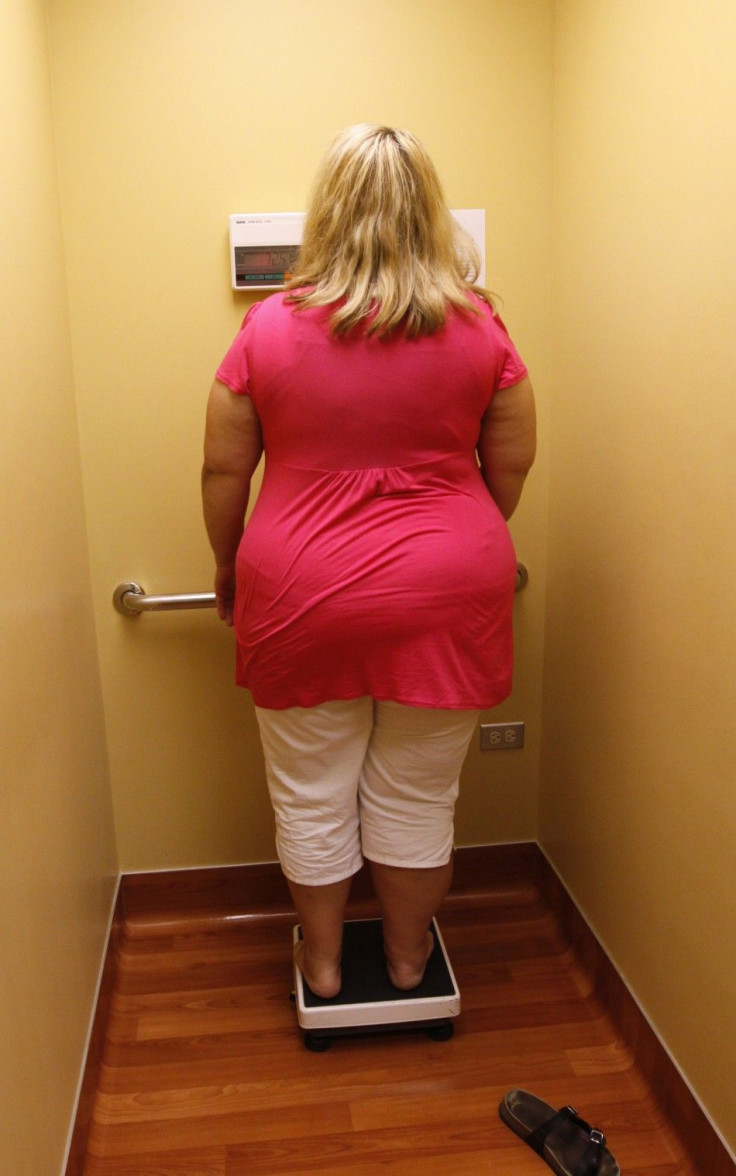Obesity in America: You Get an 'F' as in 'Fat'

The obesity rate continues to rise across America as a recent report from two public health groups show that 16 states saw an increase in the adult obesity rate over the past year.
There wasn't any decline in any states within that same time period and only one state, Colorado, has a rate below 20 percent, according to the F as in Fat: How Obesity Threatens America's Future 2011 report from the Trust for America's Health and the Robert Wood Johnson Foundation.
This is the fifth annual edition of the F as in Fat report. The report tracks trends in obesity rates and policies aimed at addressing the epidemic.
Six of the 16 states that had significant growth in the obesity rate experienced an increase for the second year in a row. Furthermore, five states saw an increase for the third consecutive year, according to data in the report.
Only four states had obesity rates over 30 percent two years ago, the report shows, and last year, eight states had adult obesity rates above 30 percent.
But that changed this year as 12 states have an adult obesity rate above 30 percent. Those stated are Alabama, Arkansas, Kentucky, Louisiana, Michigan, Mississippi, Missouri, Oklahoma, South Carolina, Tennessee, Texas, and West Virginia.
The report finds that Mississippi has the highest rate of obesity, physical inactivity, and hypertension, and that Alabama has the highest rate of diabetes.
In December 2010, the U.S. Department of Health and Human Services launched Healthy People 2020, a new 10-year plan setting a national goal to reduce adult obesity rates in every state by the year 2020.
The Centers for Disease Control and Prevent defines obesity as having a body mass index, or BMI, of 30 or more. A person's BMI is calculated from his or her weight and height and provides a reasonable indicator of body fatness and weight categories that may lead to health problems.
Obesity is considered a major risk factor for cardiovascular disease, certain types of cancer, and type 2 diabetes, according to the CDC. The CDC estimates that more than 110,000 Americans die from obesity each year.
U.S Surgeon General Dr. David Satcher offered a personal commentary in the report stating that in 2001 he issued a call to action regarding the obesity epidemic in America.
Satcher said 10 years later, the epidemic is a serious problem.
While we have made some important progress to solve this health crisis, we need to do much more, Satcher wrote. He further noted that in 2001, 61 percent of U.S. adults were overweight or obese, and nearly 12 percent of children and adolescents were overweight.
Fast forward to today, Satcher wrote that those rates are even higher, as more than two-thirds of adults, some 190 million people, are overweight or obese. Similarly, nearly a third of children and teens fall into these categories, Satcher wrote.
Satcher also stated in the commentary that obesity an expensive disease, U.S. employers $73 billion in lost productivity. Moreover, America spends more than $150 billion annually on health care linked to obesity, according to Satcher.
We all know that our country's health care costs are much too high, and are continuing to rise, Satcher wrote in the commentary. Reducing obesity has the potential to significantly ease this problem.
© Copyright IBTimes 2025. All rights reserved.






















